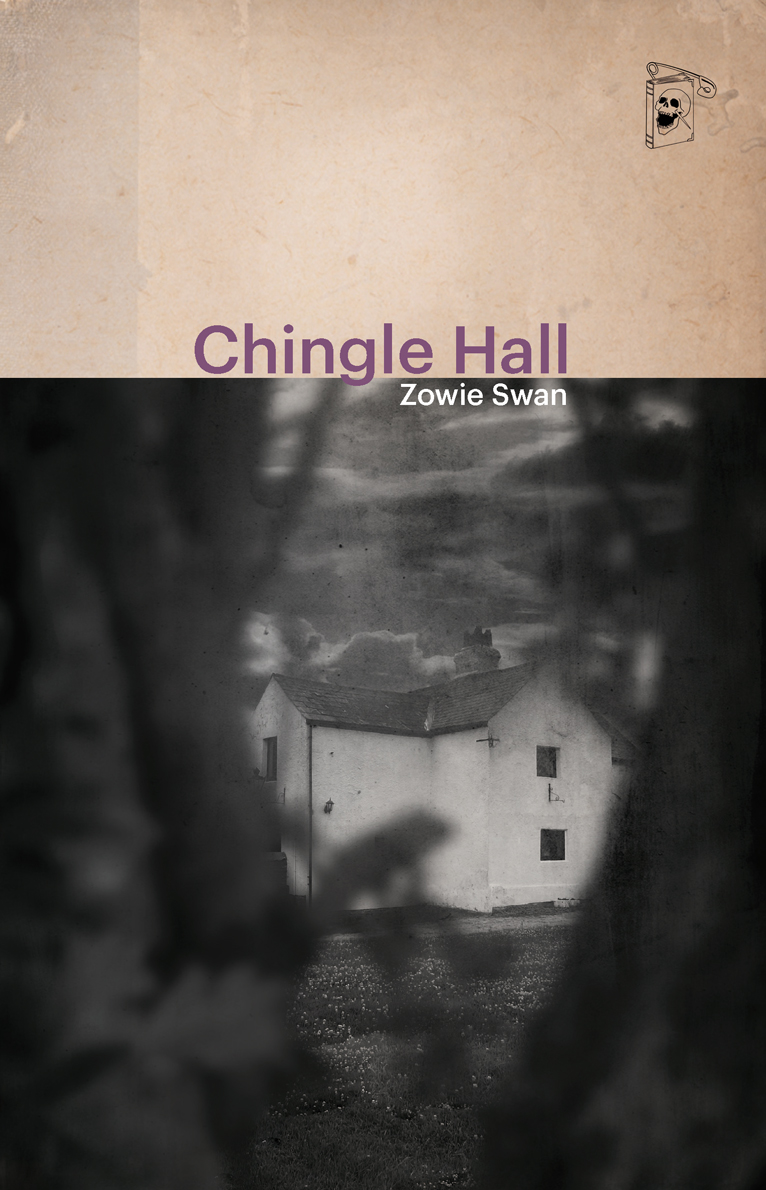Before I start, a quick update and apology. I haven’t been particularly active on this blog for the last few weeks because we’ve been in full election mode here in Australia. I’m extremely pleased to say the very conservative previous office holders have been ousted (mostly by very angry women) and replaced by a more moderate bunch who (I sincerely hope) will make some real changes to improve the lot of ordinary Australians, address our very real concerns around climate change and start to bring funding back to the sorely depleted arts sector.
Consequently, I’ve a veritable backlog of movies to review and hopefully, I’ll get through it soon ❤️
Vampyr (1932)
Directed by Carl Theodor Dreyer. Screenplay by Christian Hul and Carl Theodor Dreyer (loosely based on stories by J. Sheridan Le Fanu).
Released a decade after F. W. Murnau’s Nosferatu (1922), this vampire tale was Danish director Carl Theodor Dreyer’s follow up to the incredible The Passion of Joan of Arc (1928). It was also Dreyer’s first talking picture, though it still relied heavily on title cards and only used minimal dialogue. This was primarily because of the multinational cast and crew but I think this works very much in the film’s favour, especially compared to the extended theatrical silences in Tod Browning’s Dracula (1931).
Very loosely based on Le Fanu’s book of five stories, “In a Glass Darkly”, the film concerns Allan Grey, an aimless young man with a strong interest in the occult, who wanders into a village where a vampire has several people in its thrall – including the beautiful daughter of the local lord. What ensues is like a surreal nightmare, enhanced by the soft focus filming of Rudolph Maté. Throughout, the framing is quite superb but it particularly stands out in scenes with Léone, the lord’s gravely ill daughter (played beautifully by the tragic Sybille Schmitz) and Allan’s dream of his own burial.
By modern standards, Vampyr isn’t really horrifying but certainly full of atmosphere. Nevertheless, this 90 year old film still holds up, managing to simultaneously entertain and make me feel uncomfortable, like a dream I can’t quite wake from.
Vampyr is available to watch on YouTube and with a run time of merely 74 minutes, well worth the time investment.









